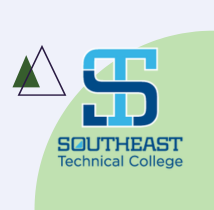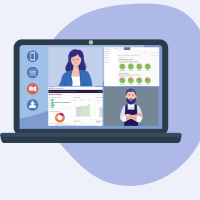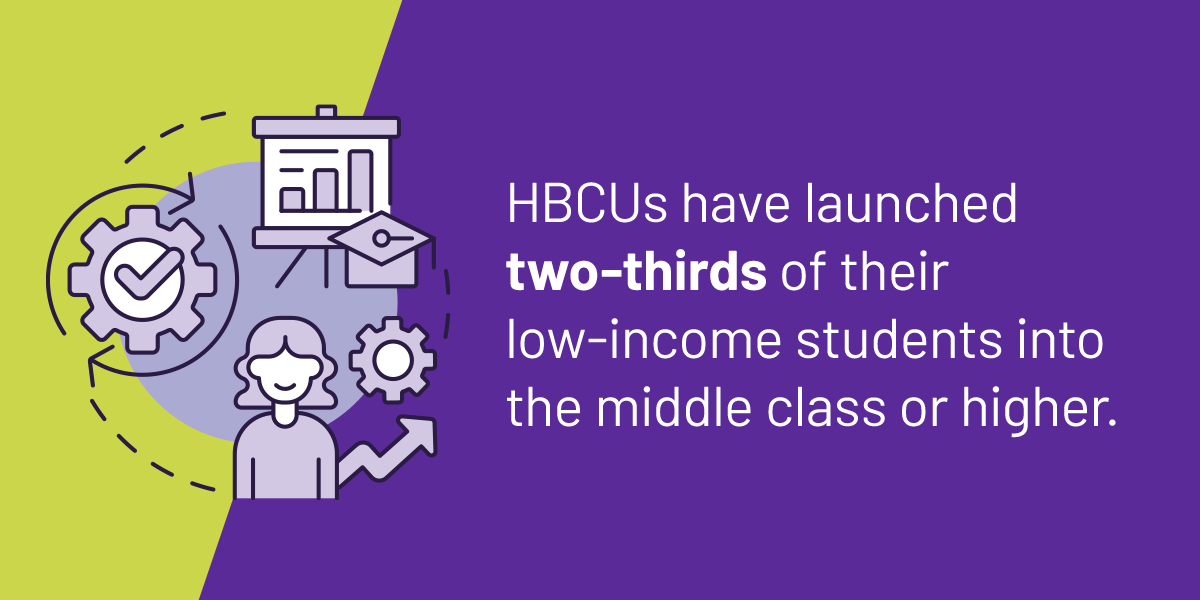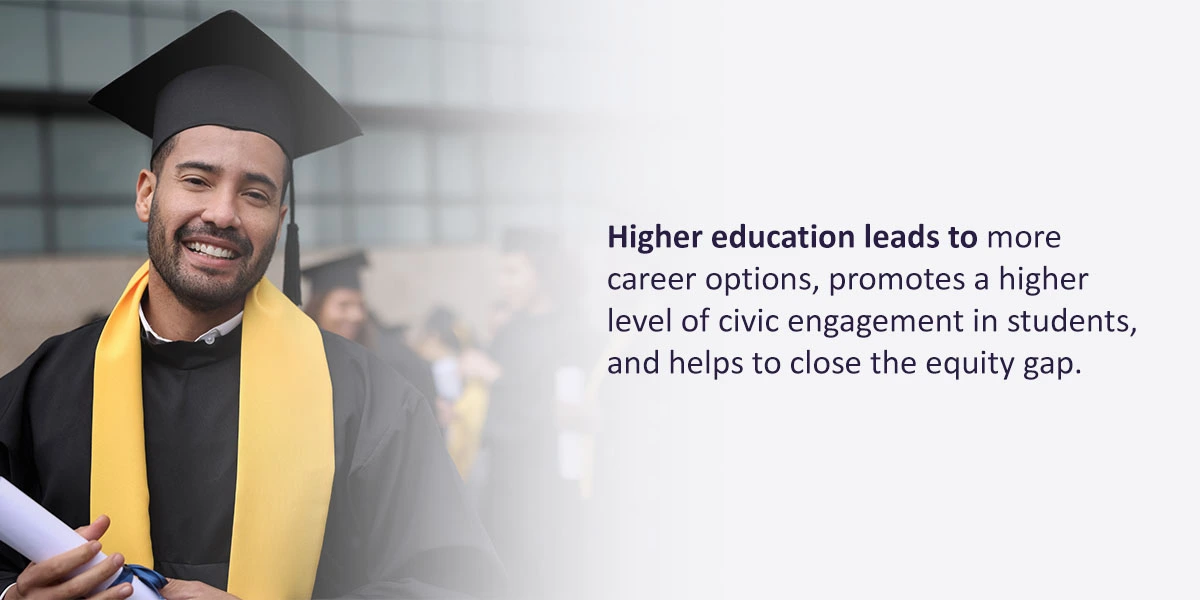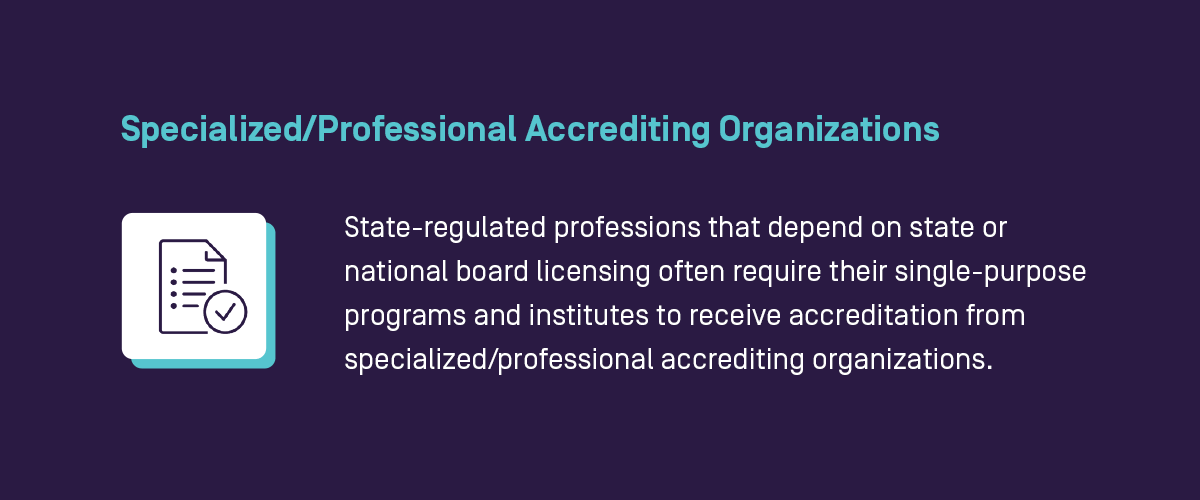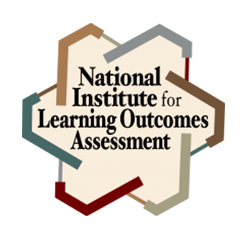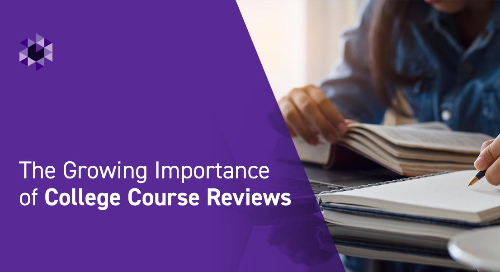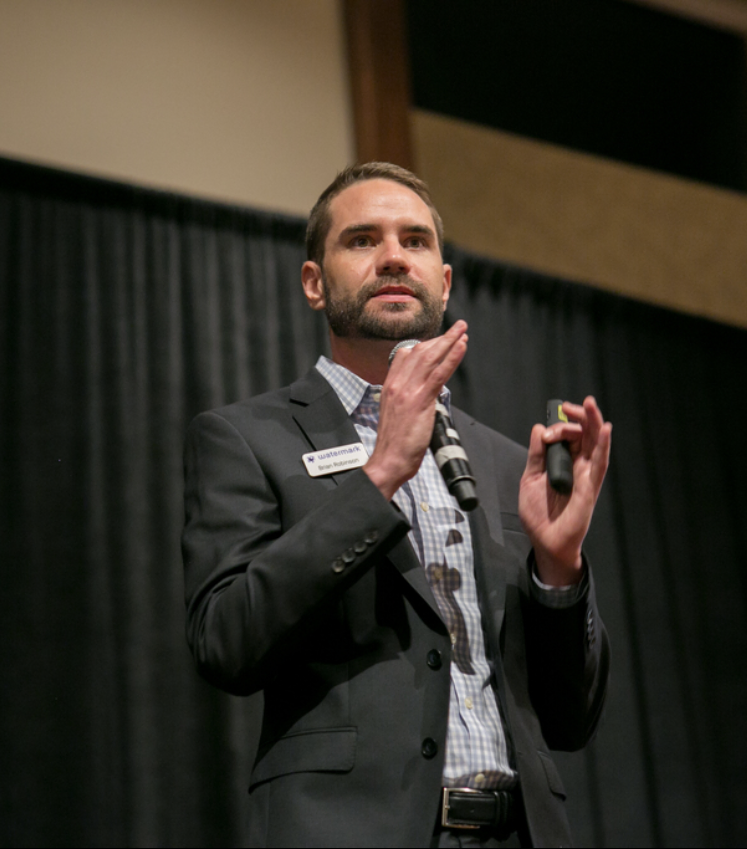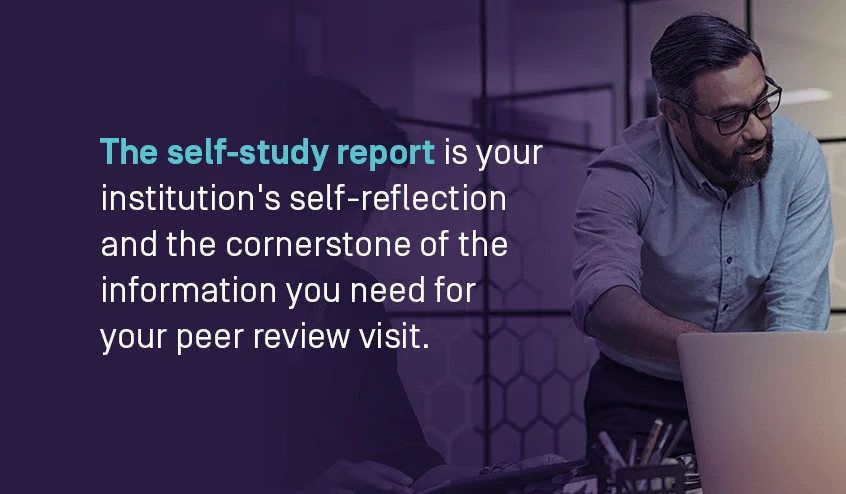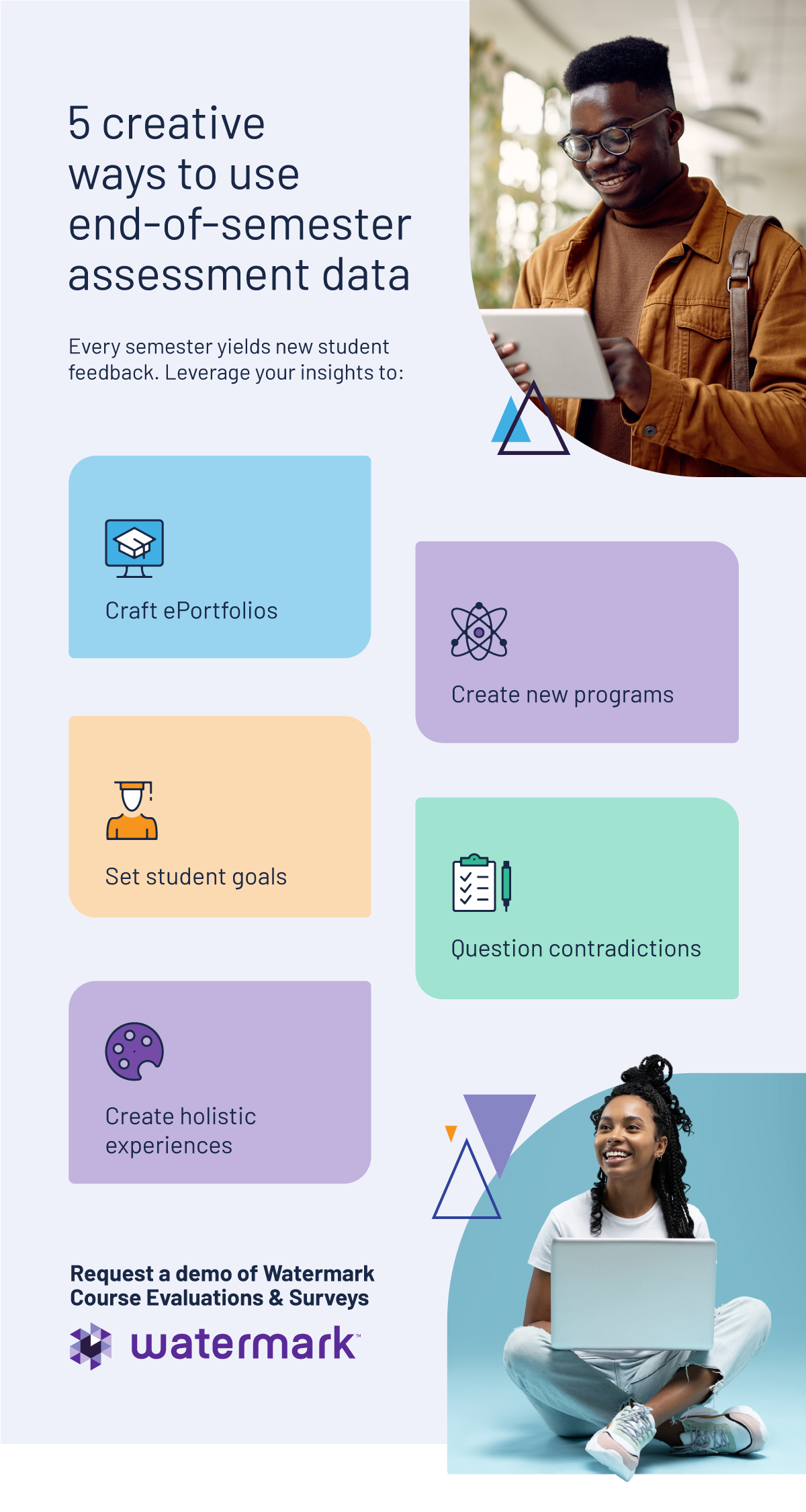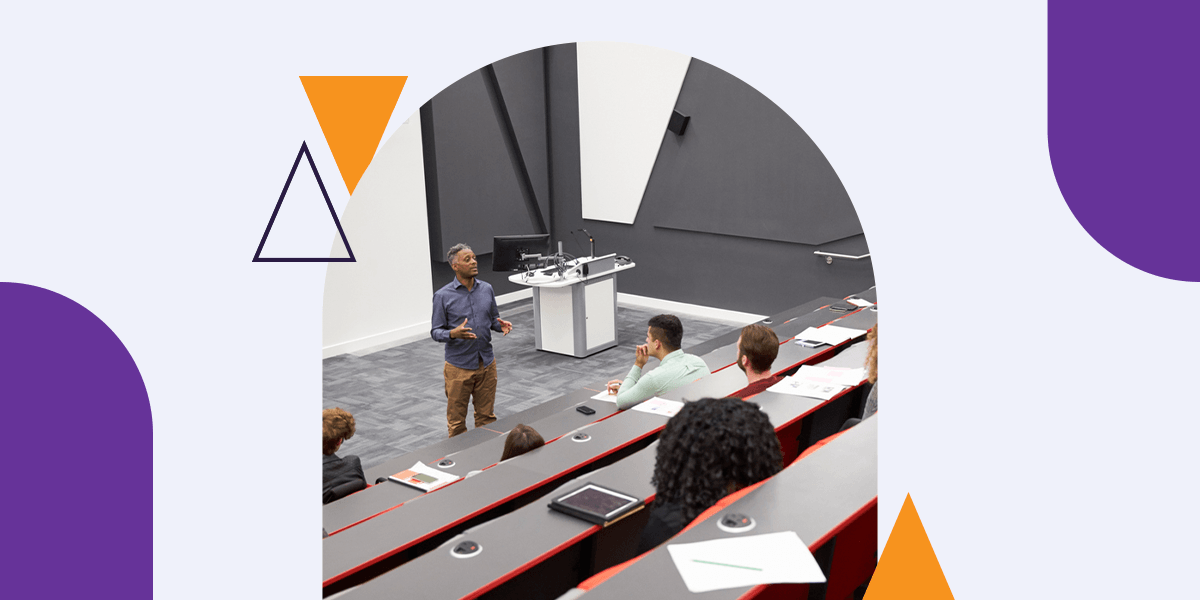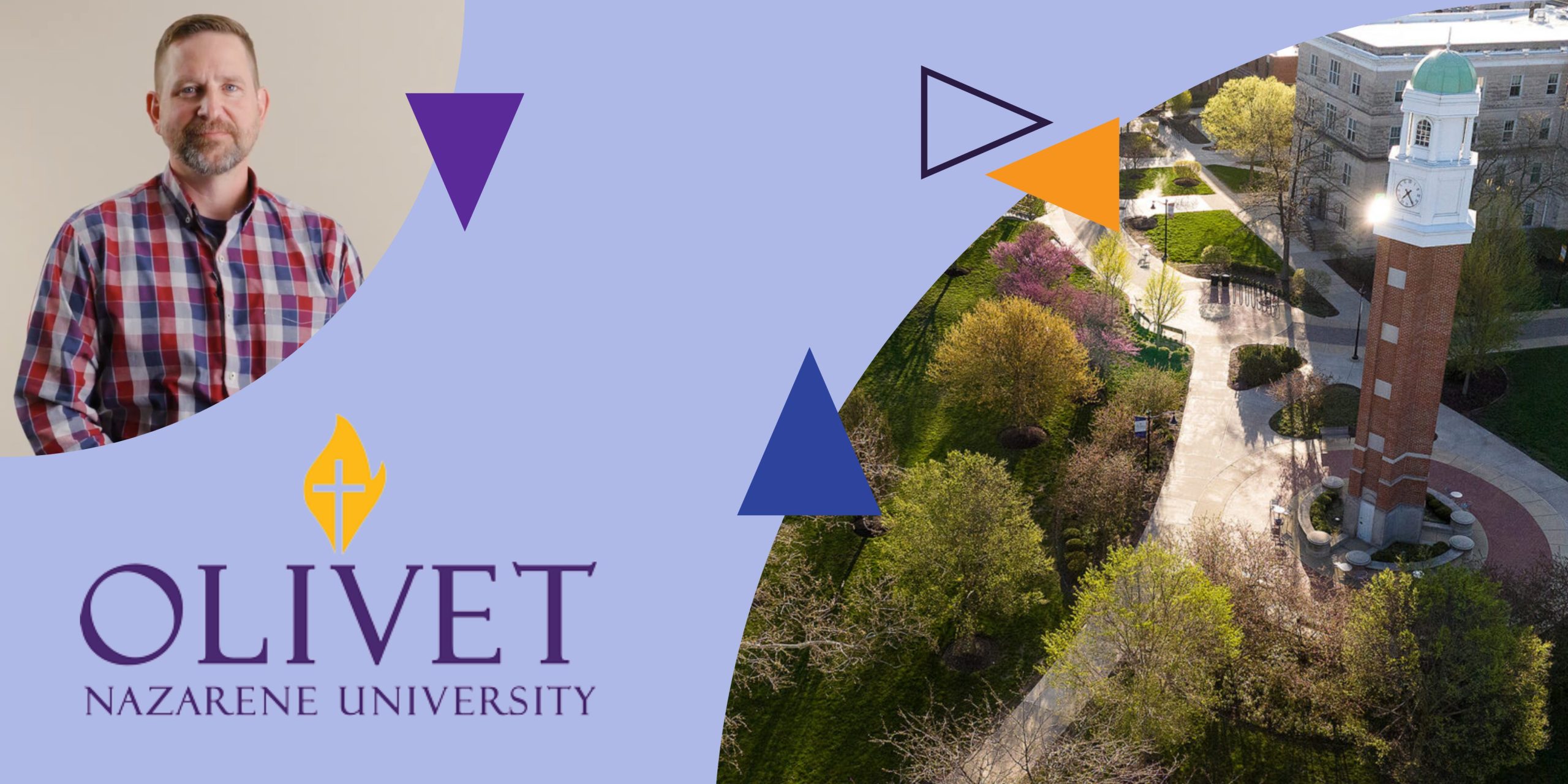
Your faculty handles numerous tasks every day, varying in complexity and time sensitivity. While every task at your higher education institution holds value, inefficient workload management can cause some tasks to fall on the back burner, decrease faculty productivity, and otherwise harm your institution’s progress.
The effective management of faculty workloads can improve faculty productivity, benefit your students, and aid in institutional growth and success. Here, you can learn more about the challenges with traditional management methods, issues surrounding workload equity, and effective strategies for navigating faculty workload to empower your teams.
How faculty workload impacts higher education success

Faculty workload has a close relationship with higher education success. As faculty members balance increased workloads, they face unique challenges that can have impacts across your campus. Inefficient or unequal workloads can impact your institution by:
- Causing faculty burnout: Many faculty members report facing burnout from their workloads. Adapting to online courses, providing extra support for students, and taking on additional tasks add to workload pressures and impact stress levels, mental health, anxiety, and sleep. This burnout can create a vicious cycle in which faculty make more errors due to their declining mental or physical health, which can lead to increased workloads to address these errors.
- Impacting student performance: Faculty workload can also impact student performance. With increasing responsibilities, some instructors may face challenges when creating content, grading, and providing student student. For example, many institutions are seeing an increase in online student enrollment. Instructors need the right support and resources to effectively manage these larger classes. Overextended online instructors can face unique challenges when trying to complete grading tasks or implement new content and strategies.
- Reducing motivation and morale: Along with causing faculty burnout, increased workloads can impact team morale and motivation. Faculty may need to pause projects, neglect minor responsibilities they enjoy, or create a less balanced work-life balance to handle these new demands. Additionally, a lack of proper prioritization can lead to miscommunication and missed deadlines, further reducing morale, collaboration, and motivation. Each of these outcomes can significantly affect your institutional success and impact student experiences and performance.
Addressing the problems with traditional workload management
The most significant issue higher education faces regarding traditional workload management is relying on time-consuming manual processes. They often have inconsistencies or outdated requirements that lead to inefficiencies. Manual entry for paperwork and spreadsheets increases the likelihood of errors.
Other problems with traditional workload management are:
Lack of data for decision-making
Advanced technology for workload management offers reporting capabilities that empower you to identify trends, locate inefficiencies, and monitor progress and performance. Although you can choose to look through paperwork to find trends, this process can be time-consuming and prone to errors. What if you have missing files or documents that are incomplete? Where can you find information if documents are not in the proper location? Can you look for multiple trends at once, or will you need to dedicate additional time to this process for proper insights?
Rather than shifting through physical documents, advanced solutions allow you to create customizable reports, which you can leverage in decision-making processes. This information can depict whether you can automate tasks, identify areas in which your faculty excels, and determine the current workload of your faculty before assigning additional tasks. You can tailor these solutions to meet your needs and grow with your institution, allowing you to align workloads with your institutional goals and optimize operations.
Not tailoring to unique needs
When relying on traditional processes, your team has few options for how to complete their work. Traditional methods are not easily customizable, meaning you often cannot tailor them to meet specific requirements. For example, crafting a curriculum map is a unique process that requires you to understand the goals, challenges, student knowledge, and more within a program. Manual processes can make it challenging to address these topics and cause inconsistencies across departments and courses.
Lowered transparency and collaboration
By utilizing technology to manage faculty workload, you can provide a comprehensive platform for collaboration. Advanced solutions empower faculty to access real-time data and documents. With this enhanced transparency, faculty can move through tasks faster and easily share information with administrators, department chairs, and other faculty members. Faculty can also access this information off-campus, ensuring they always have the resources necessary to complete accurate and quality work.
Navigating faculty workload equity
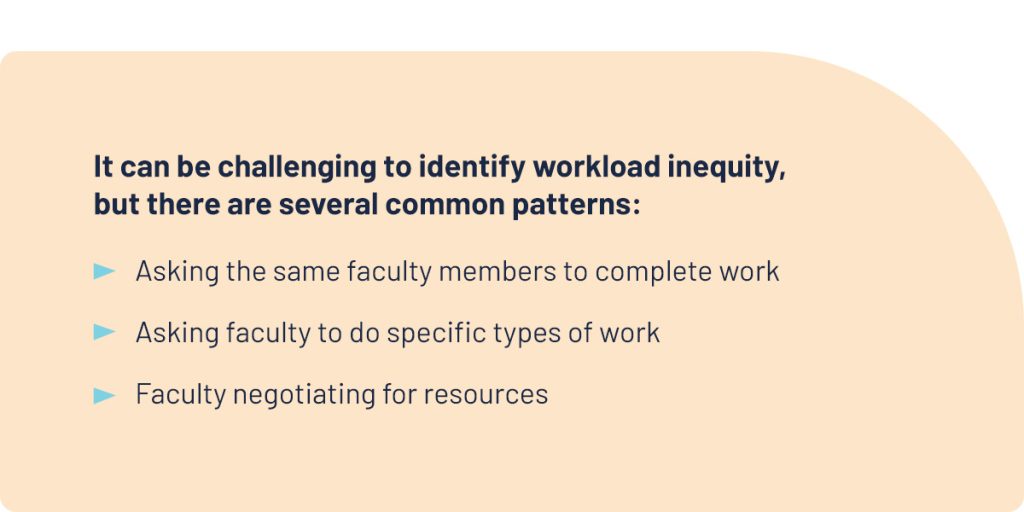
Although traditional workload management is slowly phasing out of higher education institutions, there are still several issues with equitable workloads that impact faculty productivity, morale, and efficiency. Workload equity refers to the labor distribution within departments. Workload inequities often accrue over time, and many faculty members who experience inequities often become disengaged in their work.
Research on inequitable trends in faculty workload consistently finds:
- Women dedicate more time to service and teaching than men.
- White faculty spend less time on diversity-related work and mentoring than historically underrepresented groups.
- Men spend more time on research tasks than women.
- Women often receive tasks that are less career-advancing.
These unequal distributions, alongside the increasing workloads, create an adverse environment that can increase burnout, decrease retention, and lower productivity. It can be challenging to identify workload inequity, but there are several common patterns:
- Asking the same faculty members to complete work: When you consistently ask the same people to perform tasks, several problems can arise. First, the people you rely on may face increasing workloads that lead to enhanced stress or burnout. Additionally, by relying on specific people, it can become challenging for your faculty to determine how much work you expect and what happens if they do not complete it. Some faculty members may feel they have to overperform, while others feel they can complete the minimum because they do not receive instructions or consequences highlighting otherwise.
- Asking faculty to do specific types of work: While everyone has unique areas of interest, assigning the same types of work to the same faculty members can also lead to inequities. For example, there may be a staff member who excels at curriculum mapping. Although this person may produce quality work, several problems could arise. Does the faculty member need to put aside other tasks to consistently complete these assignments? Are other faculty members feeling a lack of value because they are less involved in the mapping process? Does the faculty member enjoy doing this work, or would they prefer other tasks? Each team member has different values and preferences, and a lack of context, clarity, and collaboration can make workloads less enjoyable.
- Faculty negotiating for resources: Some faculty members may feel more comfortable asking for resources, and some team members may be unaware of the resources available to them. If your team does not share this knowledge or resources with each other, it may take some faculty members longer to complete tasks than others, aiding in creating heftier workloads.
Although workload inequities are still prevalent, there is not much indication as to how or why these inequities form. Bias likely plays a large role, but many factors can impact personal bias. Avoiding bias as much as possible is the best way to ensure equitable workload. Some comprehensive tools can aid in avoiding this bias and create a more comprehensive view of each faculty member’s current tasks and project lift. A central hub for activity data can allow you to delegate tasks with a more transparent view, increase collaboration, and ensure each faculty member can access the necessary resources to complete tasks efficiently.
Faculty workload management strategies
With the many challenges surrounding faculty workloads, finding a comprehensive and customizable solution is essential. Thankfully, there are several strategies you can adopt to better leverage workloads and maintain equity. Consider workload management strategies:
1. Leverage technologies
Leveraging the right technology is one of the best ways to reduce faculty workload. Advanced technologies empower teams to streamline tasks. Software solutions can eliminate repetitive tasks, help secure information, encourage self-studies, and track plans and records. While encouraging faculty members to pursue work that interests them, technology solutions can lighten workloads and amplify faculty impact. The right solution can:
- Encourage instructors to engage online students.
- Enable faculty to create online documents for self-paced learning.
- Allow instructors to create discussion boards to enhance classroom collaboration.
- Provide reference points for guidelines and submissions.
- Automate repetitive tasks like evaluations, attendance taking, enrollment, and other administrative tasks.
- Ensure each faculty member can access or request the same resources.
- Create flexible environments for faculty to access resources and documents off campus.
- Provide a central platform for software access to improve productivity.
- Reduce time-consuming tasks associated with creating safety nets by securing information.
- Empower instructors to engage with students, administrators, and other faculty members.
- Allow team members to quickly share information and reports.
- Form custom reports to identify inefficiencies and growth areas.
2. Assign values to outcomes
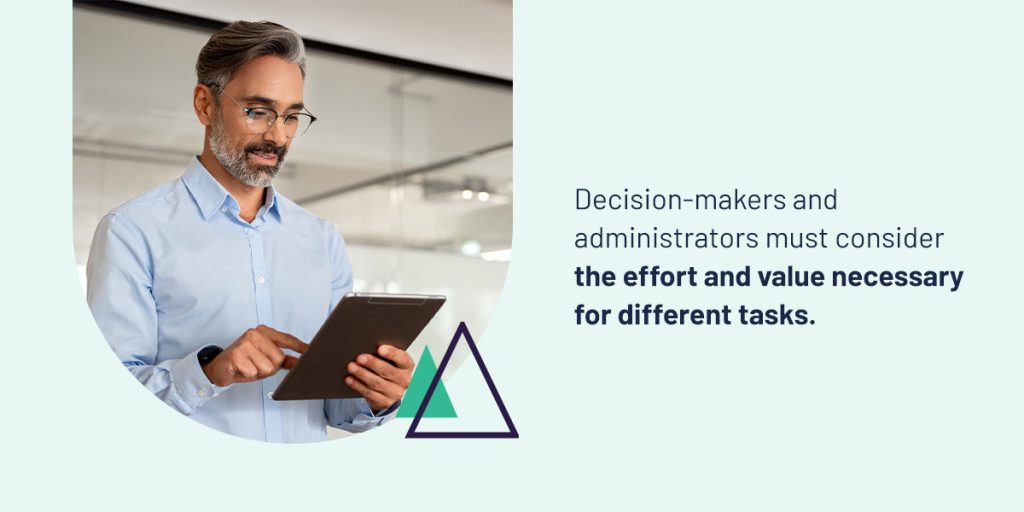
Striking a balance between complex and simple tasks is key for effective workload management. Decision-makers and administrators must consider the effort and value necessary for different tasks. Creating a large objective can ensure each task you assign aligns with your initiative. This transparency also allows faculty members to see their impact when the team meets the goal, which can aid in making work feel more valuable and satisfactory.
Consider a task such as designing an academic program. Various activities will be necessary to complete this task, including creating course sections, considering enrollment, assigning credits, coordinating collaboration, and more. Break down each of these activities and form precise values. For example, what credit will you give to the faculty member who acts as dissertation chair? Is there an opportunity for co-taught courses, and how can you ensure both instructors receive equal recognition? How much time do you expect your team to need to complete the curriculum mapping process, and what resources can you provide to streamline the process?
Breaking down these tasks and assigning value to each can help you determine which are complex and simple and empower you to more evenly distribute workloads. Furthermore, with clear expectations and guidelines, you can align the expectations of your staff to eliminate confusion and foster enhanced collaboration.
3. Enhance collaboration
Collaboration is another vital aspect of workload management. Enhanced collaboration can create a supportive environment and ease faculty workloads. Faculty members may feel more satisfaction on campus, and you can take an active role in reducing feelings of isolation. Informal and formal collaboration opportunities are essential for enhancing collaboration. These opportunities encourage faculty to share effective practices, secure efficiencies, and foster a positive environment where each faculty member feels valuable.
With ample collaboration opportunities, your institution can see an array of benefits. Research has highlighted workload improvements from increased collaboration across departments and institutional facets:
- Informal communication among leaders presented opportunities for utilizing individual and collective knowledge and shared decision-making that saved time and reduced feelings of isolation.
- Centralizing services and structures eased workloads by reducing process duplications.
- Boosting the number of contributors when creating the curriculum saved time for each individual and prompted feelings of inclusion.
- Using technology to access shared systems lessened workloads by reducing paper-based systems, ensuring instant resource access, and safeguarding information to streamline efficiency.
How Watermark simplifies faculty workloads
Watermark Faculty Success empowers teams to share accomplishments, increase communication, gather data, and support growth. This central hub supports career growth, secures data, and makes it easier to share resources, upload findings, and collaborate with other faculty members. As part of the Educational Impact Suite, this solution helps uncover key insights and seamlessly integrates with other software solutions to support student success and institutional initiatives.
Faculty can easily capture holistic views of activity details and opt for AI assistance where possible to streamline operations. You and your team can also set custom reports to aid in decision-making and make complex processes simpler. Faculty members can create profiles, highlighting their achievements, and use prebuilt templates to document faculty member qualifications. Along with aiding in lessening workloads, Faculty Success can help during the faculty review process. You can ensure you provide the necessary acknowledgment when faculty members complete tasks and use this data to manage promotions and tenure processes.
Faculty Success saves time and empowers teams to work more efficiently. When your team needs to lessen workloads and phase out traditional management processes, our solution offers the relief you need.
Reduce faculty workload with Watermark
With Watermark, you can harness a centralized system and advanced technology solutions to drive growth and foster a community of continuous improvement. Our team aims to empower higher education institutions to leverage critical insights that help you unlock retention and enrollment strategies while saving time for your staff and faculty.
We understand the need for a comprehensive solution that allows you to synthesize, collect, and analyze data at every level of your institution. Our Educational Impact Suit is tailor-made for colleges and universities, just like yours. With our technology, you can maximize your student impact and drive long-term results for your faculty, programs, and institution.
Are you ready to empower your faculty and ease their workloads? Request a demo of Faculty Success to see our solution in action.

